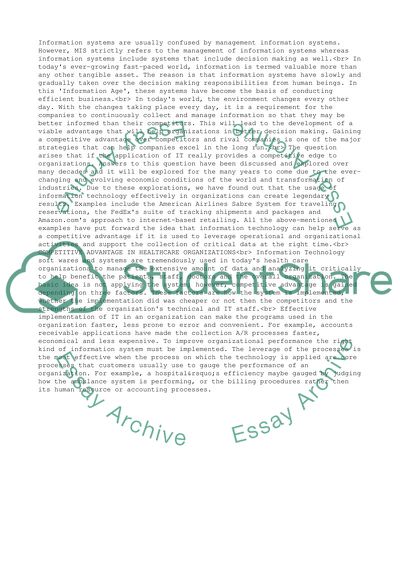Cite this document
(“Information Systems and Technologies Essay Example | Topics and Well Written Essays - 2000 words”, n.d.)
Information Systems and Technologies Essay Example | Topics and Well Written Essays - 2000 words. Retrieved from https://studentshare.org/business/1534730-information-systems-and-technologies
Information Systems and Technologies Essay Example | Topics and Well Written Essays - 2000 words. Retrieved from https://studentshare.org/business/1534730-information-systems-and-technologies
(Information Systems and Technologies Essay Example | Topics and Well Written Essays - 2000 Words)
Information Systems and Technologies Essay Example | Topics and Well Written Essays - 2000 Words. https://studentshare.org/business/1534730-information-systems-and-technologies.
Information Systems and Technologies Essay Example | Topics and Well Written Essays - 2000 Words. https://studentshare.org/business/1534730-information-systems-and-technologies.
“Information Systems and Technologies Essay Example | Topics and Well Written Essays - 2000 Words”, n.d. https://studentshare.org/business/1534730-information-systems-and-technologies.


